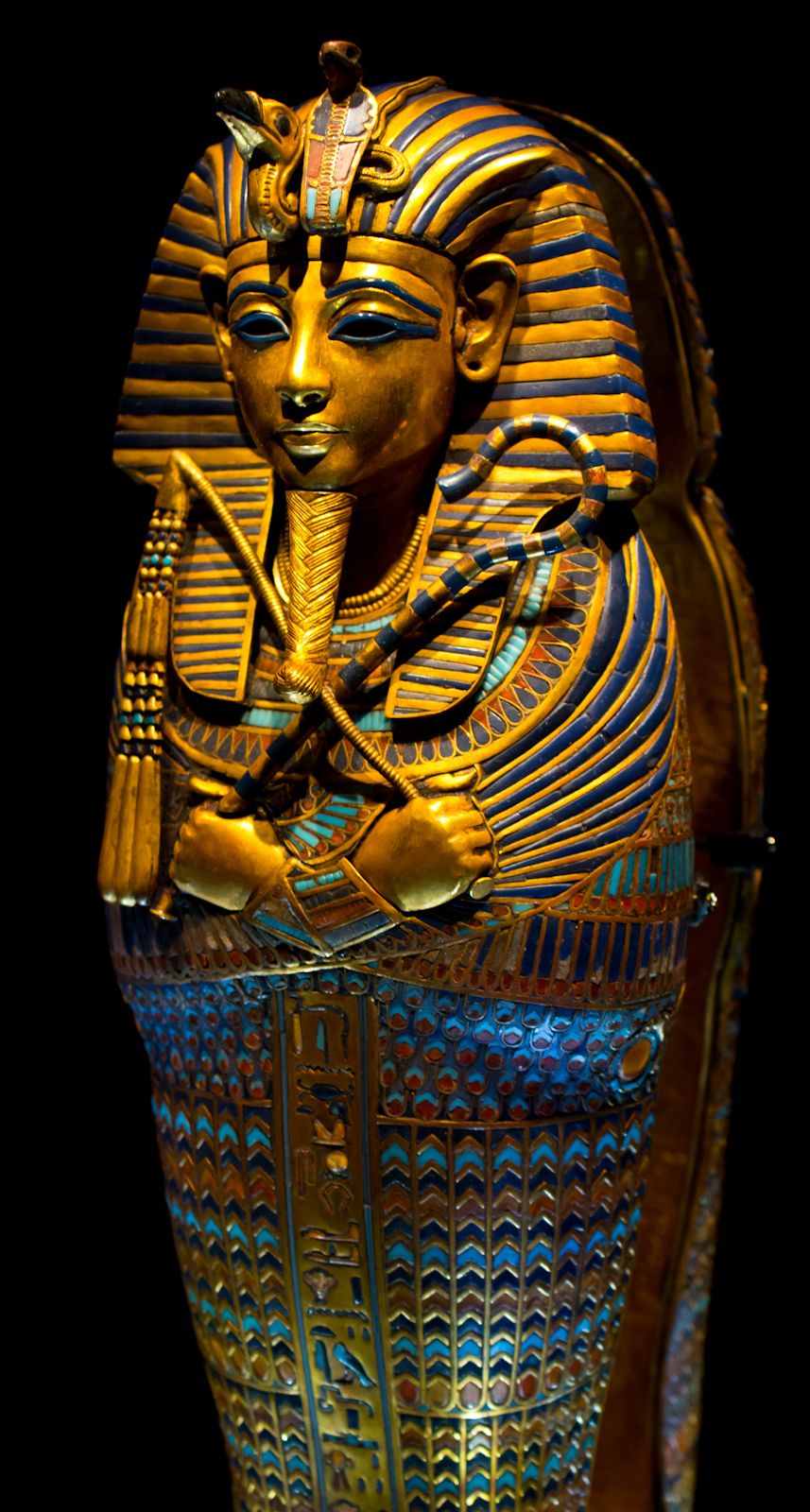JK asks: “After reading your blogs on curses, I began to wonder about the famous curse of King Tut and if you believe demons were behind the sudden passage of all those people who died after being involved in the opening of his tomb.”
Great question!
As a matter of fact, there is no such thing as the curse of King Tut. Apparently, this was nothing more than a colossal myth spread by the press when Lord Carnarvon, the English lord who funded the expedition to Tut’s tomb, died less than six months after witnessing the opening of the boy-king’s tomb in 1922. Press reports claimed that the tomb contained an ancient Egyptian curse: “They who enter this sacred tomb shall swift be visited by the wings of death.” However, according to National Geographic, no such text ever existed.
But that didn’t stop the press from feeding the public’s appetite for the sensational. Tales surfaced about the strange death of an archaeologists’ pet canary which was allegedly found dead in its cage after being attacked by a cobra (a cobra is often used as a symbol for the rulers of Egypt). Even though there was never any evidence that a cobra bit the canary – or that there even was a canary to be bitten – the stories continued to flow.
As the Christian Science Monitor details, the press was quick to report on four other people who were present at the tomb when it was opened, or visited it shortly thereafter, who died within a few years. However, none of the deaths was classified as unexplained. One man was killed by his wife, another died from a botched dental procedure, one of a fever and the other of a gunshot wound.
Also missing from these sensationalized accounts were a few salient facts, such as how Lord Carnarvon, whose death started the rumors, was a chronically ill man who was already sick when he first visited Tut’s tomb. That he died a few months later surprised no one.
But what is surprising is that Howard Carter, who was present during the actual removal of Tut’s body from the sarcophagus – the ultimate violation of the king’s “rest” – lived for 16 years after that event.
Even more curse-defying was Richard Adamson, the British soldier who slept in the tomb as a guard for seven years after it was opened. Adamson died sometime in the early 1980’s – a full 57 years after the tomb was opened!
The James Randi Foundation compiled a list of many of the people who were involved in the unearthing of King Tut’s tomb and found the average lifespan of the people present during this event was 73 years – one year longer than actuarial tables for persons of that period and social class.
As the Foundation rightly concluded: “The curse of the Pharaoh is a beneficial curse, it would appear.”
© All Rights Reserved, Living His Life Abundantly®/Women of Grace® http://www.womenofgrace.com










